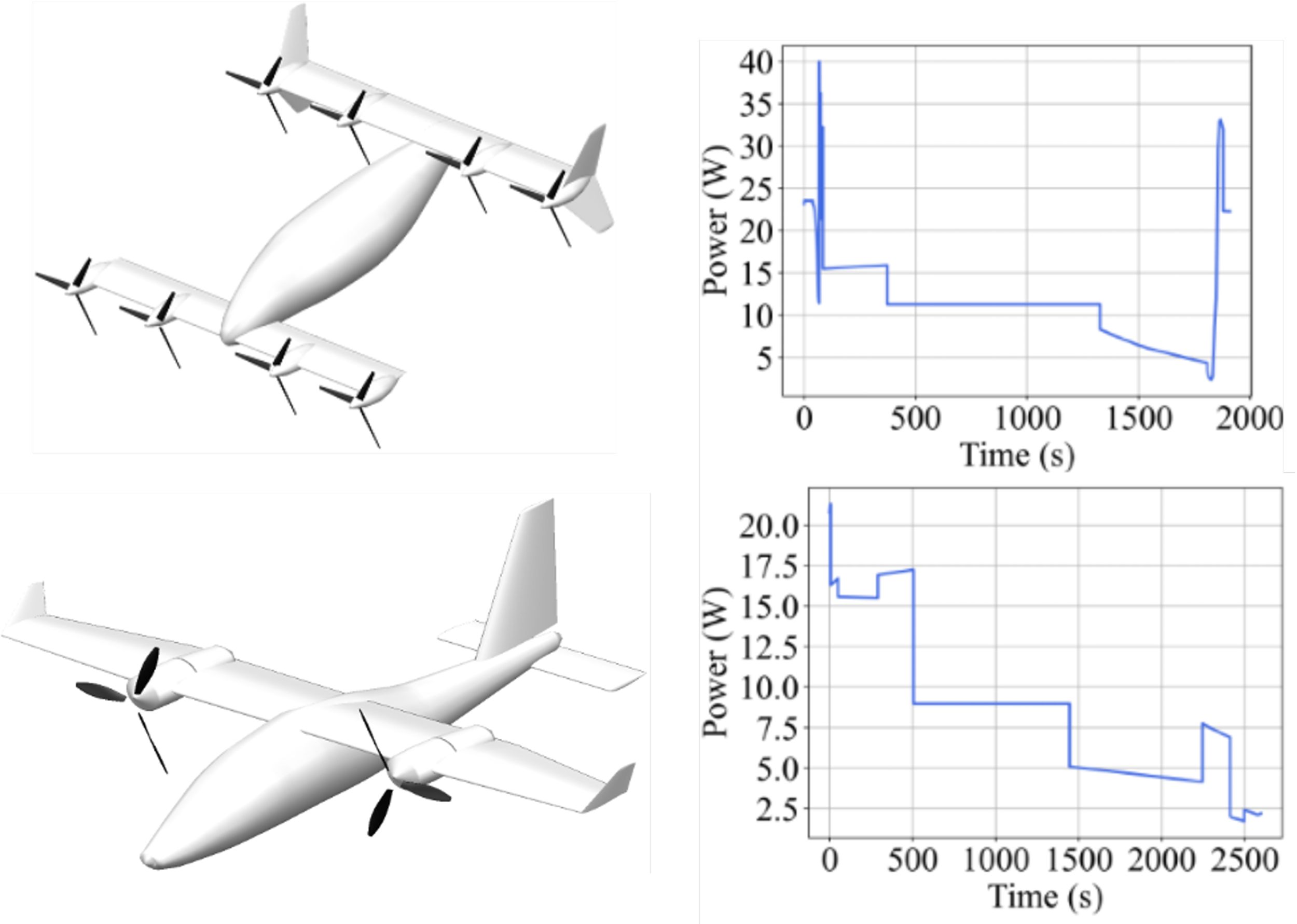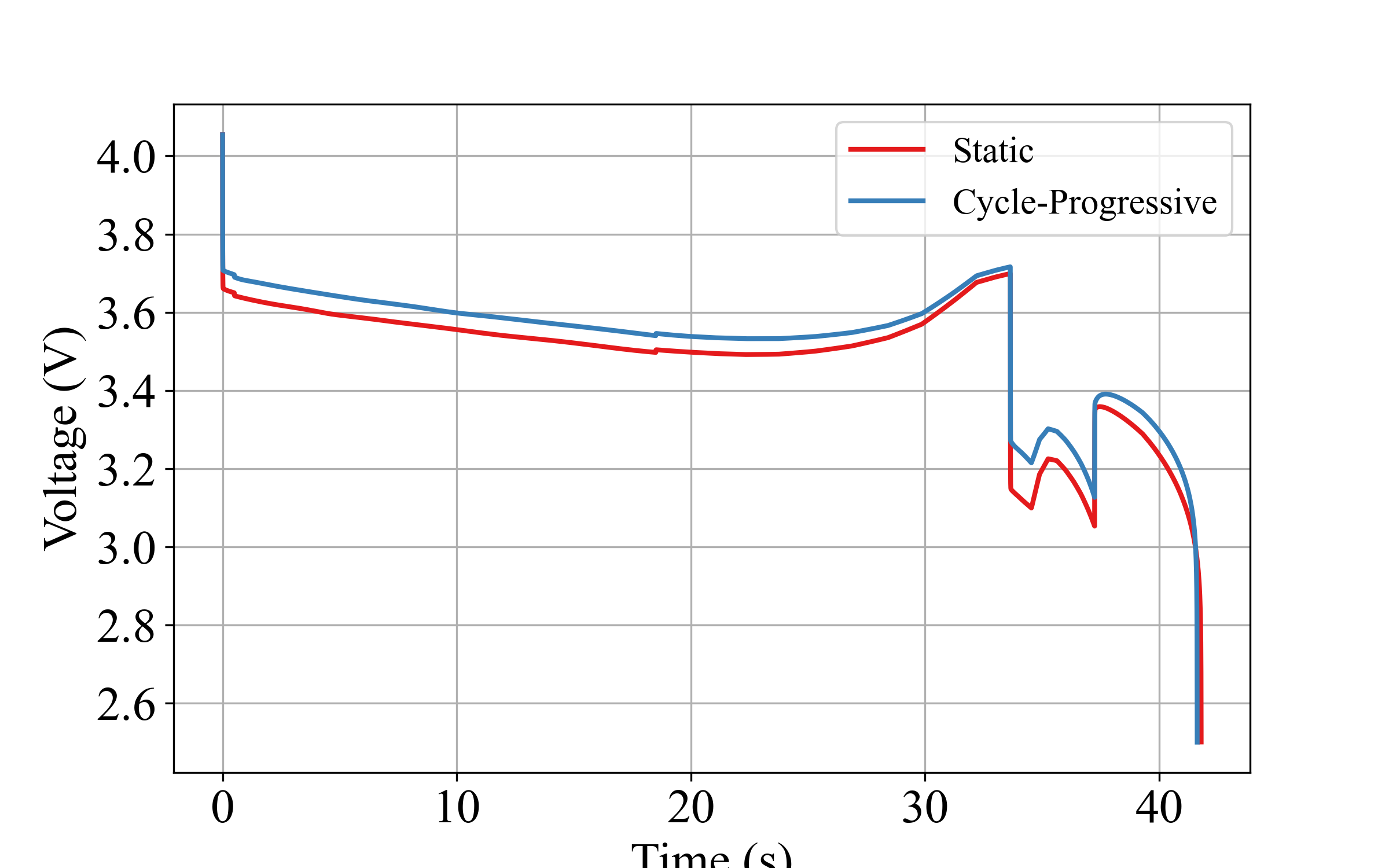
Research
-
Serving as a research mentor to several graduate students during my Ph.D. and postdoc has prepared me to advise future students effectively. With the awareness that one-on-one meetings can take many forms, I ask students what type of mentorship they prefer - asking for feedback serves two purposes: improving my approach to mentoring and affirming students that their voices matter. An impactful mentor is there to assist, not to supervise. However, it is also essential to recognize that stepping in is sometimes necessary to ensure student success.
From a non-traditional path to graduate school, I stand here today as a testament to teachers' and mentors' belief in my potential to positively change the field of aerospace. Mentoring has allowed me to see how self-doubt rooted in identity can influence how students perceive their deductive reasoning abilities. I therefore remain committed to fostering the "growth mindset" by conveying that intelligence does not reflect fixed, natural ability but can change and grow over time. Within the classroom, I affect this by establishing behavioral norms that nurture a sense of belonging for all students, such as respectful interaction etiquette and active listening. Academia is a field where many can succeed, especially when given the opportunity, and it is our job as faculty to promote diversity whenever we can.
Aircraft Design
Renewable Energy Pathways and Novel Power Systems for Sustainable Aircraft Concepts
Exploring alternative power and energy systems, as well as advanced aircraft concepts, is crucial for the environmental and commercial success of the future aviation industry. This project, in collaboration with The Boeing Company and the Center for Sustainable Aviation (CSA) at UIUC, considers a range of energy systems, including electrical energy for battery charging, hydrogen, methane, ethane, propane, and synthetic kerosene. Dedicated power and propulsion system models are integrated into the RCAIDE framework (UIUC’s successor to the prior state-of-the-art SUAVE tool) for aircraft design and analysis, focusing on a fixed regional transport aircraft configuration. The environmental life cycle and techno-economic impacts of energy production, distribution, and usage for power generation on air vehicle platforms are also assessed. Based on the most promising energy carriers and power systems identified, new aircraft design concepts for future aviation markets are developed.
Novel Aircraft Stability
Stability for traditional, conventional aircraft has been extensively studied and modeled. However, the unique configurations and fundamentally different propulsion systems of electric and hybrid electric aircraft pose new challenges to designing stable aircraft. By their very nature, electric and hybrid electric aircraft have different weight distributions than their conventional counterparts. Heavy battery packs do not change mass in flight in contrast to fuel tanks. In addition, novel configurations such as tilt-rotors, distributed lift, blown wings, and more are seldom seen in traditional aircraft. Unfortunately, current aircraft stability principles rely heavily on historical aircraft data, which does not lend itself to the novel systems and configurations found on electric aircraft. L.E.A.D.S. seeks to address these issues by developing tools that combine physical and experimental vehicle data to provide a comprehensive look at aircraft stability regardless of its configuration. Using these tools, L.E.A.D.S. is able to assess aircraft stability throughout flight missions and develop guiding principals for early conceptual design to optimize designs for safety, passenger comfort, and controllability.
Electrochemical Energy Storage Systems
Aerospace scientific literature has exposed the reluctance and inability of aircraft designers to adopt detailed approaches to battery modeling that examine the internal electrochemical processes that govern electric discharge. For instance, lumped models are often used to represent the battery pack, oversimplifying the heat transfer between the coolant and individual battery cells. This prohibits accurate thermal analysis of the pack, making any attempt to optimize heat rejection futile. It also prevents understanding failure modes associated with distributed electric propulsion architectures. In L.E.A.D.S, we seek to leverage experimentation to validate and expand the community’s understanding of the impacts of repeated cycling of aircraft loads on batteries by quantifying dominant internal degradation mechanisms.
Experimental Electric Aircraft Load Profile and Battery Cell Characterization
In L.E.A.D.S, there are multiple thrusts being pursued to understand methods of characterizing battery cells for electric aircraft and assessing the viability of the load profiles the cells would be subjected to. Firstly, hybrid pulse power characterization (HPPC) serves as an effective method of characterizing batteries, providing valuable insights into battery behavior, which can subsequently inform simulations related to current load effects on battery degradation. However, despite its widespread use in general electric vehicle battery research, there remains a gap in the literature regarding HPPC’s applicability to electric aircraft. Thus we seek to understand the validity of HPPC for electric aircraft battery testing and whether it serves as a useful method of creating predictive models in the general domain of electric aviation. Additionally, we seek to understand methods of increasing accuracy and efficiency of battery degradation testing through the incorporation of accelerated load profiles and profiles that evolve relative to the battery age.
Optimizing Thermal Management Systems for Electric Aircraft
Thermal management of electric aircraft remains the Achilles' heel of electric aviation. To realize the true potential of electric aircraft, we need to fully understand the limitations and trade-offs of thermal management systems designed specifically for these vehicles. By determining the upper bounds of achievable range for electric aircraft, which are among the largest vehicles falling under the Title 14 Code of Federal Regulations Part 23 jurisdiction, we can provide realistic estimates for regional air mobility within metropolitan areas. This enables exploration into Battery Thermal Management System (BTMS) controller design to optimize its utilization, prolonging battery life during nominal flight operations while also demonstrating safe thermal management during emergency engine failure scenarios. It therefore marks a pivotal stride in the ongoing advancement of thermal management systems tailored for the unique challenges posed by electric aviation.
Designing and managing airspace for emerging aircraft poses a complex challenge that requires optimizing the design of next-generation air mobility systems and operations. Research in this area includes integrating aircraft performance, infrastructure, and air traffic management to shape efficient and reliable flight networks. Our work combines detailed vehicle modeling with system-level simulations to evaluate how advanced aircraft fleets can operate safely within busy urban regions. By uncovering the practical limits of aircraft performance and flight operations, this research helps define how next-generation aircraft can be integrated into everyday transportation networks efficiently and safely.









